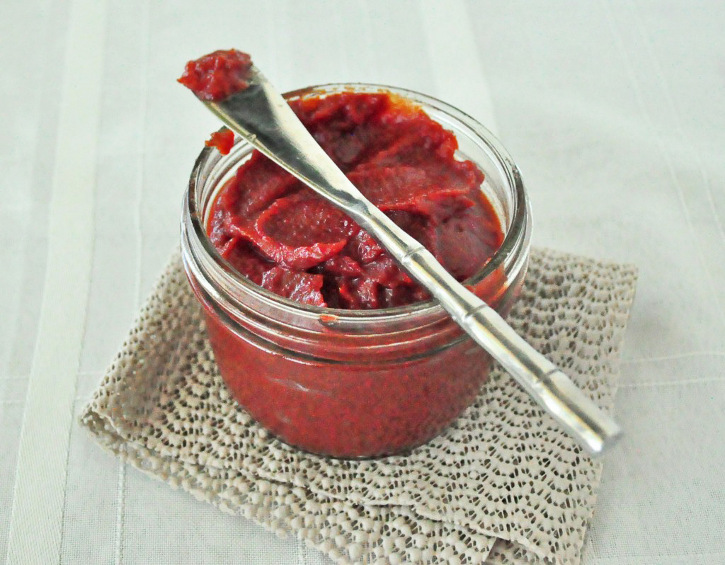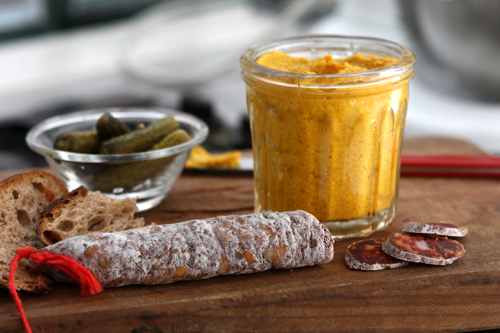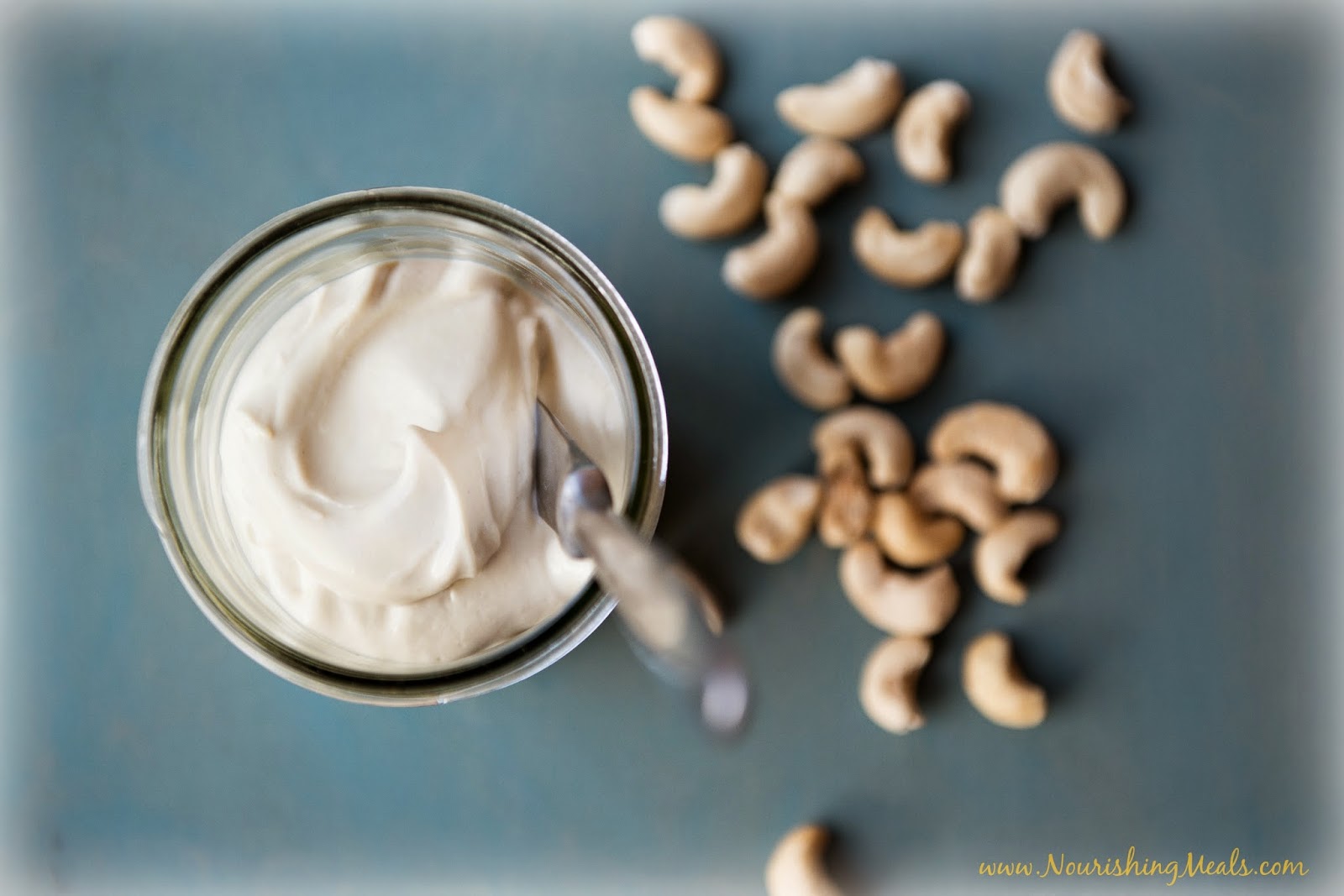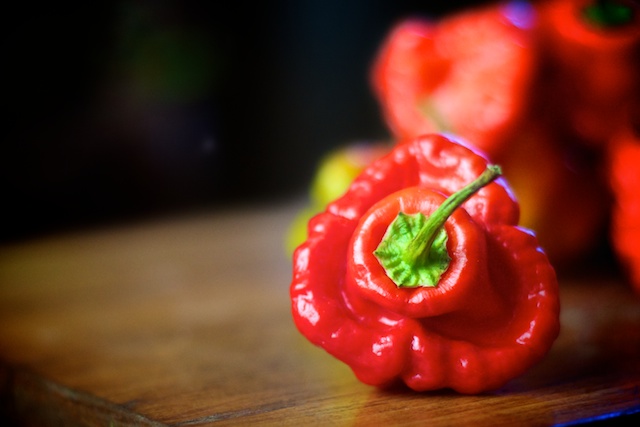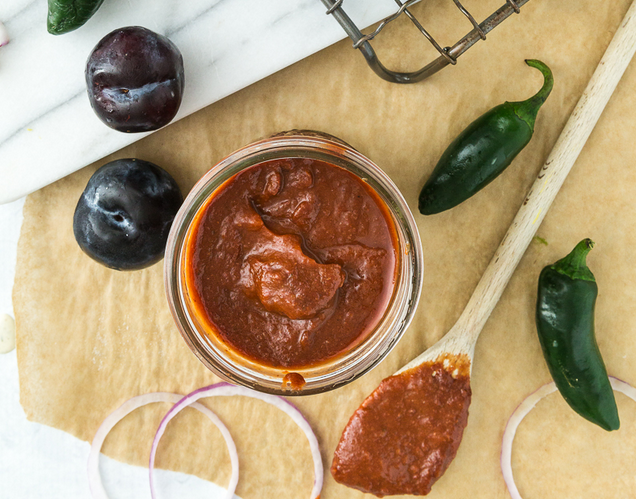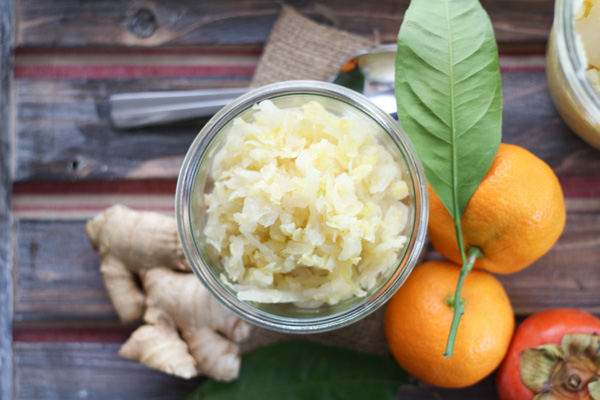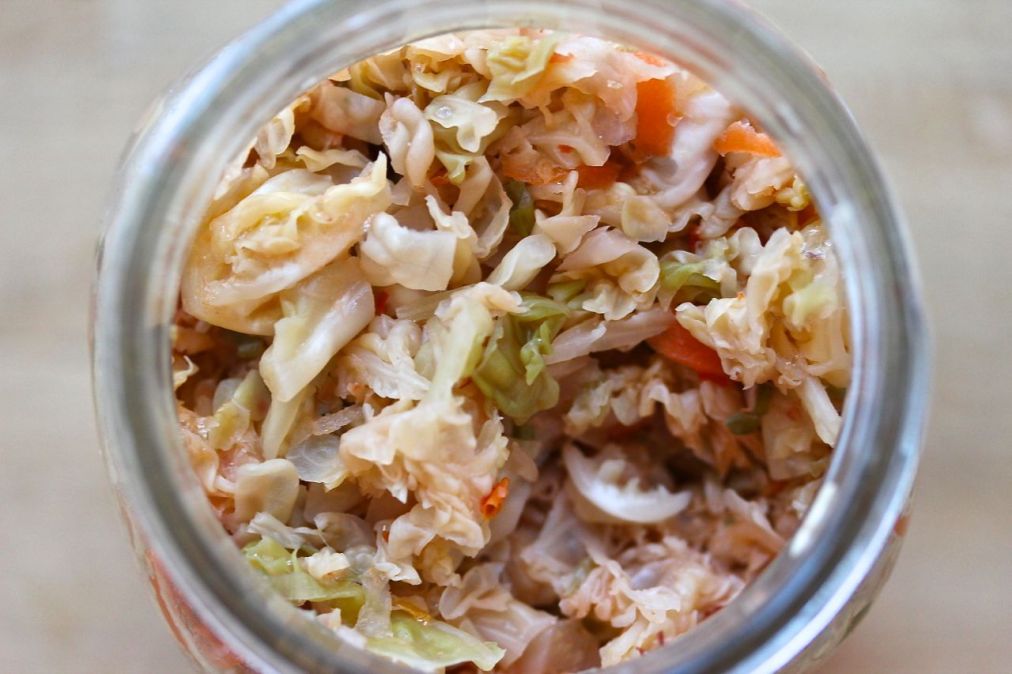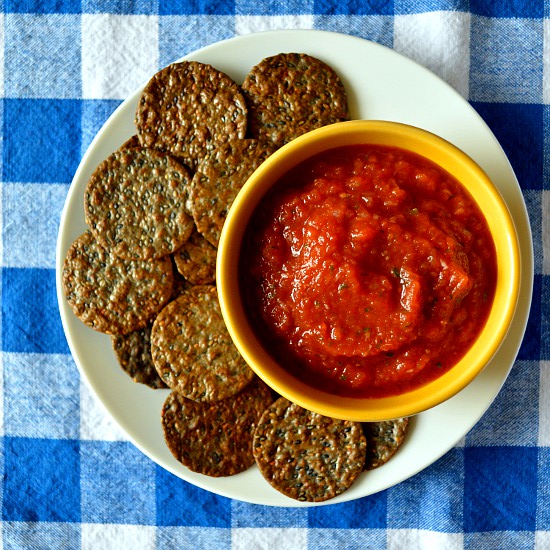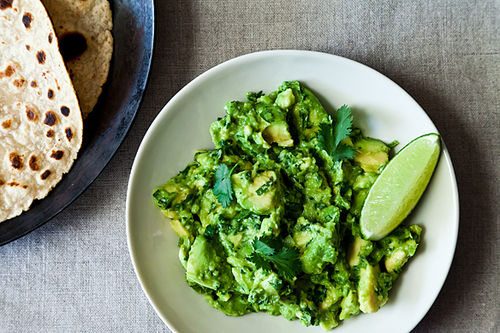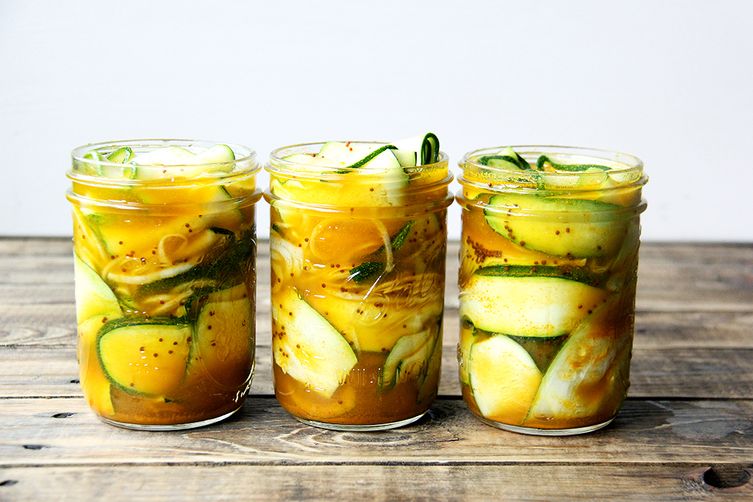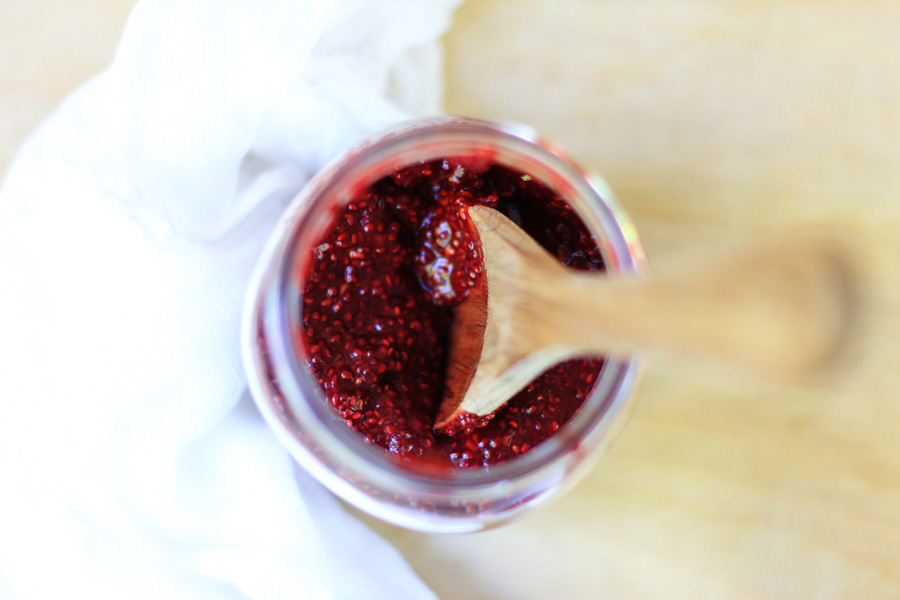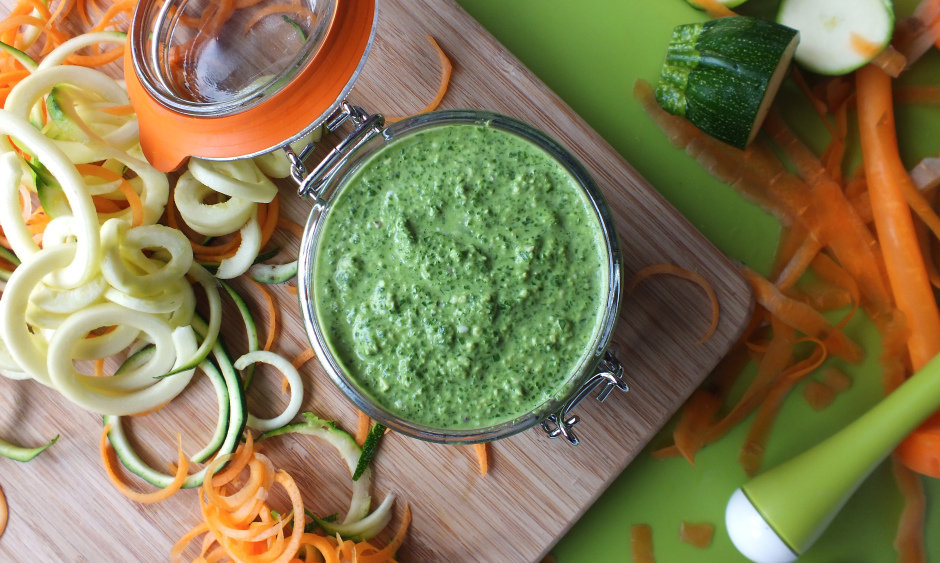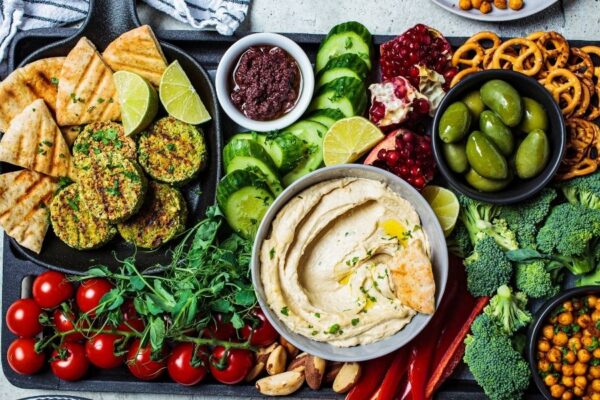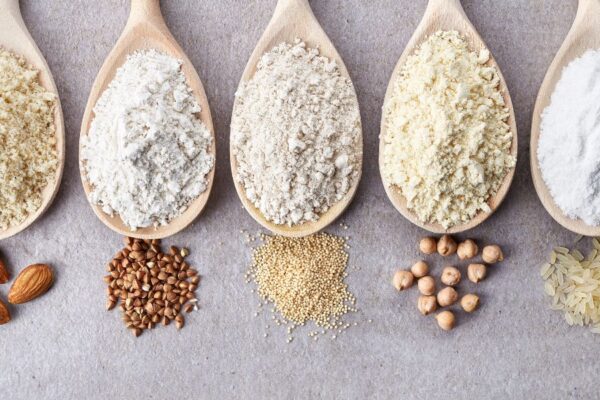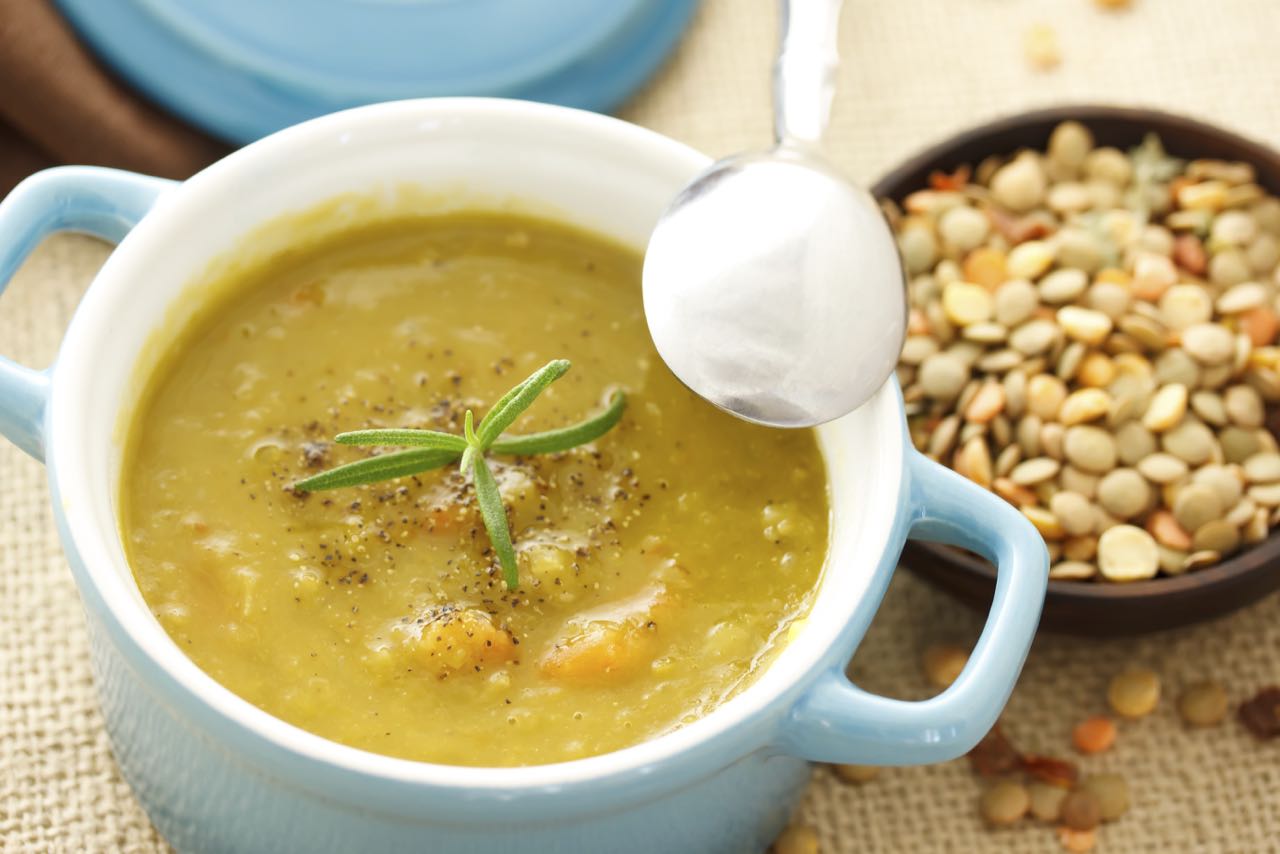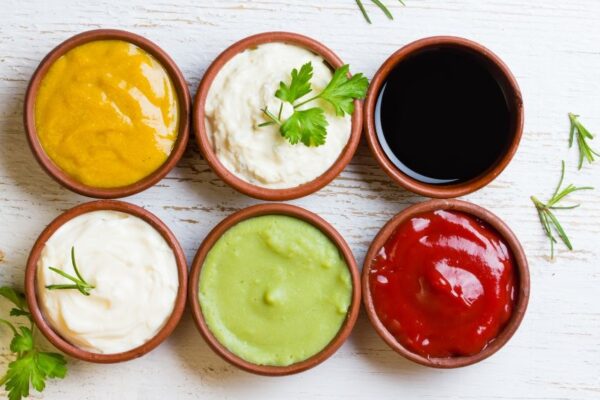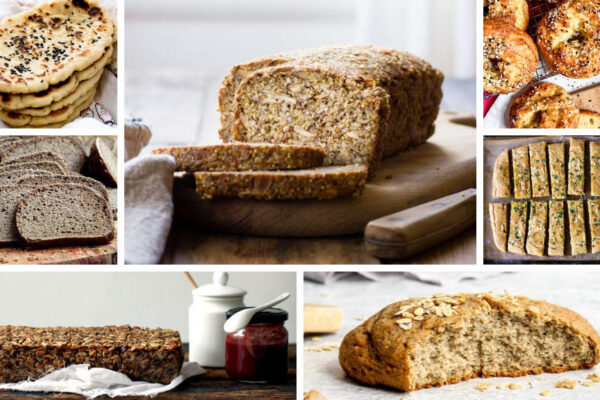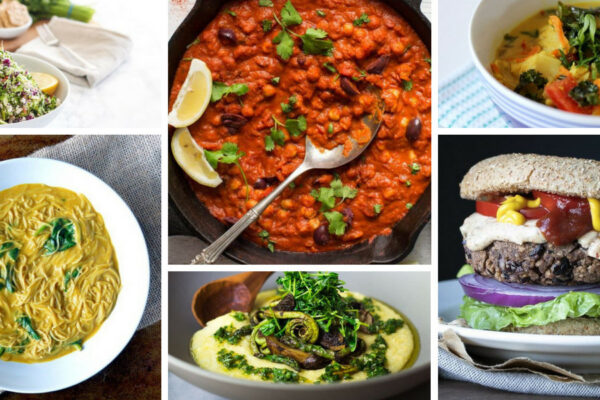12 Homemade Condiments You’ll Never Need to Buy Again
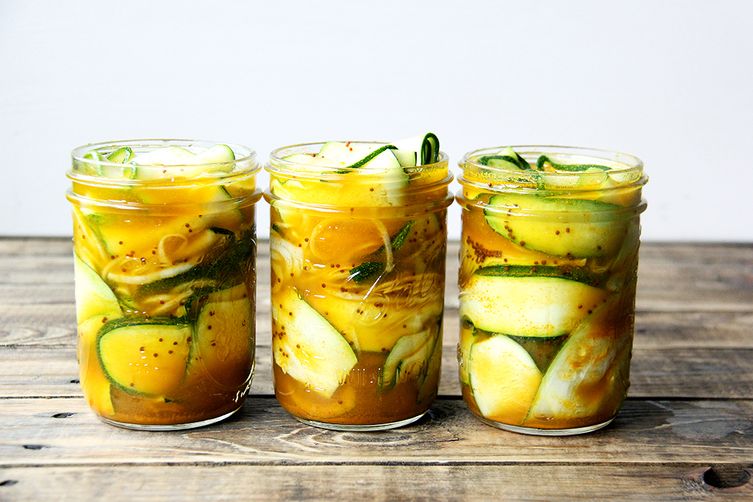
It’s easy to get on board with baking gluten-free brownies or black bean burgers from scratch, but when it comes to condiments, many of us are still intimidated by whipping up homemade condiments in our kitchens.
The truth is condiments are just as easy to make as a batch of vegan muffins – in fact, condiments are often simpler because they require fewer ingredients and less time! And they’re just as delicious, if not more so, because you can use fresh ingredients and skip the preservatives or unwanted additives (even some organic brands can have excess sugar, starches, or thickeners).
The main difference between store-bought and homemade condiments is their shelf life. You can’t leave a bottle of homemade Dijon in your pantry for eight months. But that’s actually a good thing: fresh condiments don’t last as long because they’re just that – fresh. You need to eat ’em up before their life-giving nutrients fade or spoil.
Once you get into the swing of creating homemade condiments and their endless flavour variations, you’ll never want to purchase another bottle from the grocery store again.
Ketchup
Traditional ketchups are loaded with refined sugars – in fact, most brands contain more sugar than tomatoes! However, tomatoes are a naturally sweet food and you can whip up a delicious batch simply with tomatoes, some apple cider vinegar, and a touch of natural sweetener like honey, coconut sugar or maple syrup.
Recipes to Try
Healthy Homemade Ketchup by My Whole Food Life
Healthy Ketchup by Chocolate-Covered Katie
Easy Homemade Ketchup by Wellness Mama
Mustard
There isn’t a ton of magic to making this tangy, anti-inflammatory condiment at home: all you need are mustard seeds!
Recipes to Try
Honey Dijon Mustard by Meghan Telpner
Homemade Mustard by David Lebovitz
Homemade Grainy Mustard by The Healthy Foodie
Dairy-Free Mayo
Skip the fake vegan mayonnaise brands, which are typically pumped full of GMO canola oil, GMO soy, or inflammatory stabilizers like carageenan. Homemade dairy-free mayo can be created with nuts, seeds, or organic tofu.
Recipes to Try
Garlic Coconut Mayo by Autoimmune Paleo
Egg-Free Mayonnaise by Nourishing Meals
Lemon Ginger Avocado Mayo by Enjoying This Journey
Hot Sauce or Sriracha
The awesome thing about homemade hot sauce is you can control the amount of heat you put into it!
Recipes to Try
Lee’s Homemade Sriracha by GOOP
Fermented Hot Chili Sauce by Nourished Kitchen
Habanero Hot Sauce by Rick Bayless
BBQ Sauce
Slather up your burgers and veggies with smooth, spicy or sweet homemade barbecue sauce.
Recipes to Try
Jalapeno Plum BBQ Sauce by Keepin’ It Kind
Gluten-Free Barbecue Sauce by Meghan Telpner
Pomegranate Peach BBQ Sauce by Bryant Terry
Sauerkraut
This easy homemade condiment has the extra benefit of fermentation – which generates probiotics that help with digestive health and boost the immune system.
Recipes to Try
Make Your Own Sauerkraut in our free sample class with Meghan Telpner
Simple Sauerkraut by Stone Soup
Jalapeno Cilantro Sauerkraut by Fermented Food Lab
Kimchi
This spicy/sour fermented Korean condiment is made with a mix of cabbage, garlic, salt and Korean red pepper flakes – also known as gochugaru (but you can also use regular chili flakes!).
Recipes to Try
How to Make Kimchi at Home by The Kitchn
Easy Kimchi Recipe by Meghan Telpner
Homemade Kimchi by A Cookbook Obsession
Salsa
We typically associate the word ‘salsa’ with tomatoes, but salsa can be made with a wide variety of vegetables and fruits, including mango, pineapple, and corn.
Recipes to Try
Homemade Tomato Salsa by Sondi Bruner
Mango Salsa by LeMoine Family Kitchen
Summer Corn Salsa by Meghan Telpner
Guacamole
People are very protective of their guacamole – a recipe in the New York Times that included green peas recently sparked outrage and controversy. If you consider anything other than avocado, lime and salt as a guac abomination, then do not read our 20 Best Guacamole Recipes post.
Recipes to Try
Classic Guacamole by Roberto Santibañez’
Grilled Guacamole by Carla Matthews
Quick Guacamole by The Kitchen Paper
Pickles
All you need is water and salt and you can basically pickle anything.
Recipes to Try
Sour Pickles: A Simple Recipe by Nourished Kitchen
Zucchini Pickles by Alexandra Stafford
Raw Pickled Ginger Carrots by Fermented Food Lab
Get your FREE Pickling Guide plus 35 more free resource guides!
Fill out the form below for instant access.
Free Resource Library
Enjoy more than 40 downloadable guides, recipes, and resources.
Jam
Is there a condiment more loaded with sugar than jam? (Perhaps ketchup.) Fruit is naturally sweet and you don’t need to add much sugar, if at all, when you make it at home.
Recipes to Try
Raspberry Vanilla Jam by Wolf Goes Vegan
Rhubarb Orange Chia Jam by Sondi Bruner
Low Sugar Peach, Ginger and Chia Jam by Sage and Celery
Pesto
Traditionally prepared with basil, garlic, pine nuts and Parmesan cheese, pesto is another one of those homemade condiments that is made with a multitude of herbs and veggies. We like our pesto to be dairy-free, so we drop the cheese.
Recipes to Try
Carrot Top Pesto by Lori Moore
Lemony Spinach Pesto by She Can’t Eat What?!
Crisp and Clean Wild Leek Pesto by Meghan Telpner
Free Resource Library
Enjoy more than 40 downloadable guides, recipes, and resources.















